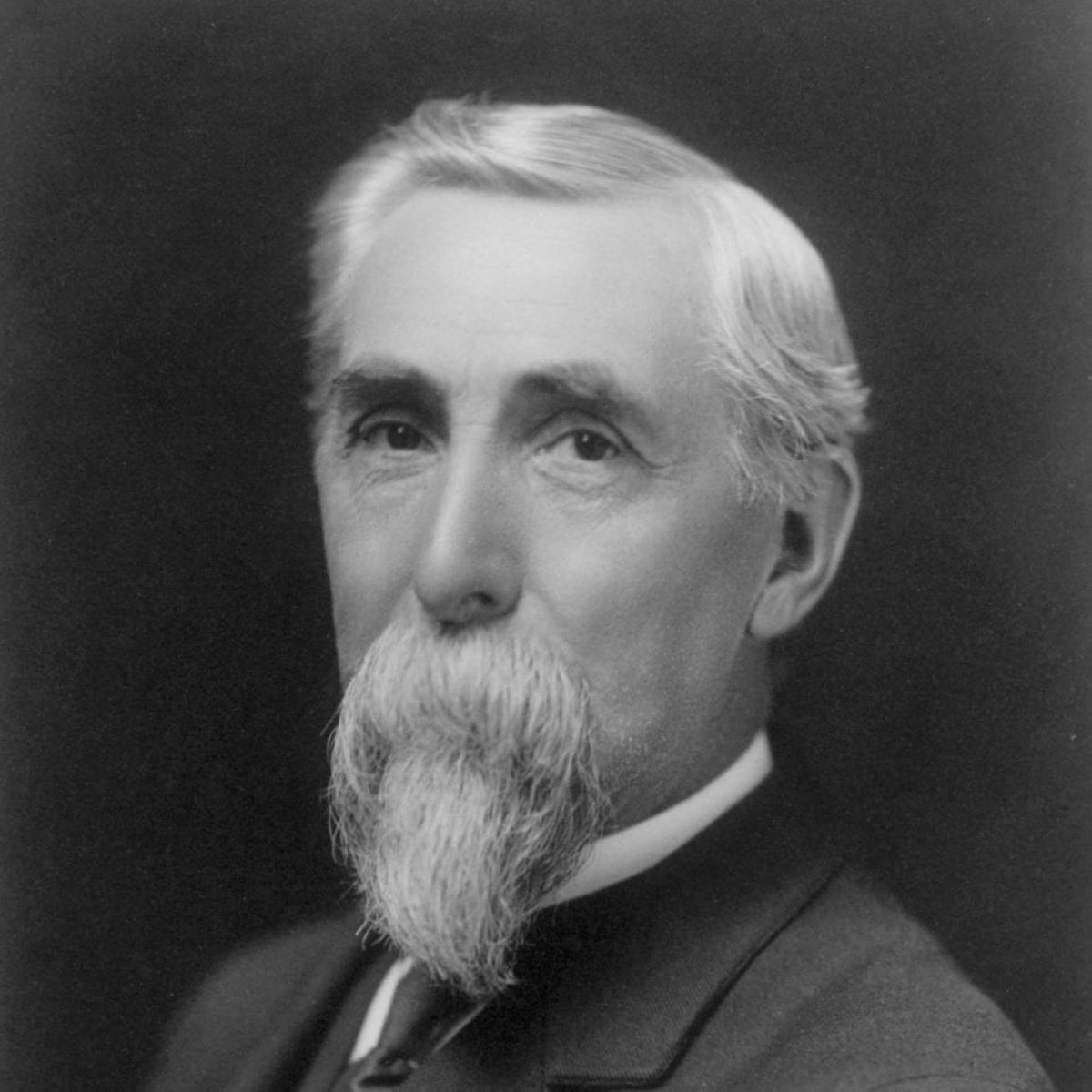February 16, 1843
Henry Martyn Leland, who would leave an indelible mark on the American automobile industry, was born in northeastern Vermont. As a young man, he worked as for the renowned tools manufacturer Brown & Sharp in Providence, Rhode Island. That job and others helped Leland refine a wide range of mass-production and mechanical skills that he ultimately used to great effect in the automotive field.
Leland’s involvement in the “horseless carriage” business began in earnest sometime around 1890 after he moved to Detroit. He leveraged his formidable manufacturing expertise to create needed devices for various automobile companies based in Michigan. Leland quickly earned a reputation as topnotch toolmaker for automobiles and, by the late 1890s, he was the regular supplier of engines to the pioneering Olds Motor Vehicle Company.
An even bigger break for Leland occurred in 1902, when he was recruited to help appraise the assets of the Henry Ford Company. Henry Ford had walked away from this namesake automobile manufacturing enterprise following a dispute with investors, and William Murphy and several other remaining partners specifically asked Leland to assess the company’s existing machinery and wide assortment tools prior to a planned liquidation.
Leland performed that appraisal and then recommended that, instead of liquidating the company, Murphy and the others should reorganize it and continue to manufacture automobiles. Leland further recommended that, for those new automobiles, the reorganized company should use a single-cylinder engine that he had designed for the Olds Motor Vehicle Company. Murphy and the other partners concurred with Leland’s proposals, and the Henry Ford Company was restructured as the Cadillac Automobile Company. (The new company was named after French explorer Antoine Laumet de La Mothe, sieur de Cadillac; in 1701, he established a settlement that eventually became present-day Detroit.)
During his time with the Cadillac Automobile Company, Leland introduced numerous innovations to the production of motor vehicles. His contributions proved to be instrumental in making Cadillac automobiles synonymous not only with luxury but also cutting-edge techniques.
One of Leland’s biggest and most far-reaching innovations involved manufacturing the first automobiles equipped with interchangeable parts. This trailblazing approach was put to an international test when Leland had three Cadillacs built with interchangeable parts placed on a ship and transported across the Atlantic Ocean to the London-based Royal Automobile Club (RAC).
After those Cadillacs arrived in England, mechanics on behalf of RAC disassembled all three vehicles, mixed up their parts, and then put each vehicle fully back together. This successful public demonstration of parts interchangeability resulted in the Cadillac Automobile Company being given the Dewar Trophy in 1908. (The Dewar Trophy was awarded annually by RAC for notable accomplishments in the automotive industry.)
In 1909, the Cadillac Automobile Company was sold to General Motors (GM). With GM continuing to manufacture Cadillacs, Leland joined the company as the executive overseeing production of that automobile. During his time at GM, Leland earned another Dewar Trophy for the Cadillac after he collaborated with noted inventor Charles F. Kettering to develop an electric self-starting device for automobiles to replace hand-operated cranks.
Leland remained with GM until 1917. He left because of a disagreement with GM’s chief executive officer William C. Durant over the request of the federal government to build aircraft engines for use during World War I. Durant, an avowed pacifist, had turned down the government’s request.
Consequently, Leland and his son Wilfred established the Lincoln Motor Company (named after the 16th president) to build their own aircraft engines for the war effort. After the war ended, the Lelands reorganized the company as a manufacturer of luxury automobiles. The company’s first vehicle, the Lincoln Model L, was introduced in 1920. The Lincoln Motor Company’s overall transition from churning out military aircraft engines to producing automobiles, however, was a tough one and the business became insolvent in 1922.
As head of the Ford Motor Company, Henry Ford bought out the Lincoln Motor Company and – just as GM had done with Cadillacs – he made Lincolns a key part of his company’s line of automobiles. Just like Cadillacs, Lincolns became hugely popular as deluxe and high-quality vehicles.
Henry and Wilfred Leland worked at the Ford Motor Company until they both resigned due to frayed relations with Henry Ford. Nonetheless, Henry Leland had earned considerable acclaim by that time for his automotive achievements and was widely known as the Grand Old Man of Detroit. “There is a right way and a wrong way to do something,” he once asserted while describing his approach to innovations. “Hunt for the right way and then go ahead.”
Leland died in Detroit in 1932 at the age of 89. In 1973, he was inducted into the Automotive Hall of Fame.
For more information on Henry M. Leland, please check out » Henry M. Leland | Automotive Hall of Fame and https://en.wikipedia.org/wiki/Henry_M._Leland


Leave a comment